My Familiar Kuro Blue Exorcist shirt
$27.99 Original price was: $27.99.$22.99Current price is: $22.99.

Making garments from recycled materials is an idea that’s only going to get bigger My Familiar Kuro Blue Exorcist shirt. The Salvage range of clothing is a great concept and these hoodies are great too. Made from 60% Recycled pre-consumer cotton and organically grown 40% recycled post-consumer polyester (as certified by the Global Recycle and Organic Content Standards). Available in six colours and sizes from XS to XXL, this hoody is a fantastic eco-friendly printing option.
My Familiar Kuro Blue Exorcist shirt, hoodie, sweater, longsleeve and ladies t-shirt
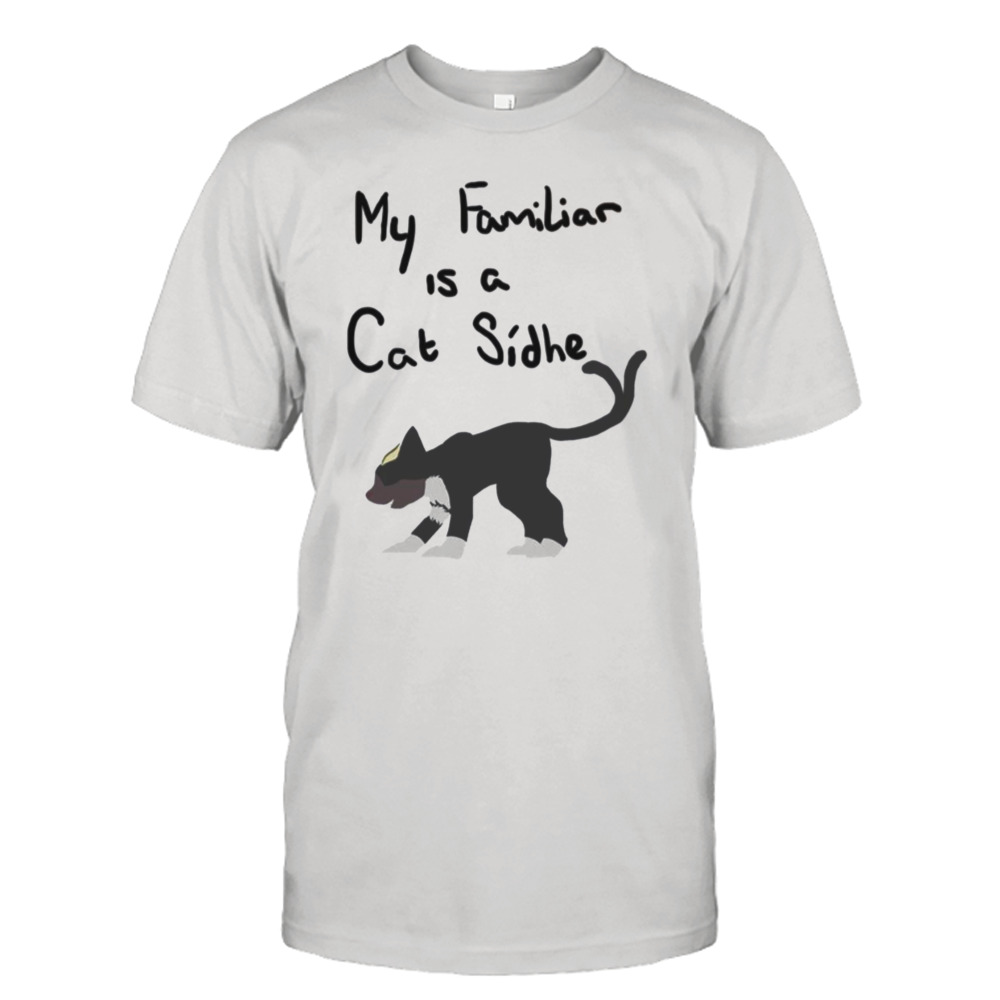
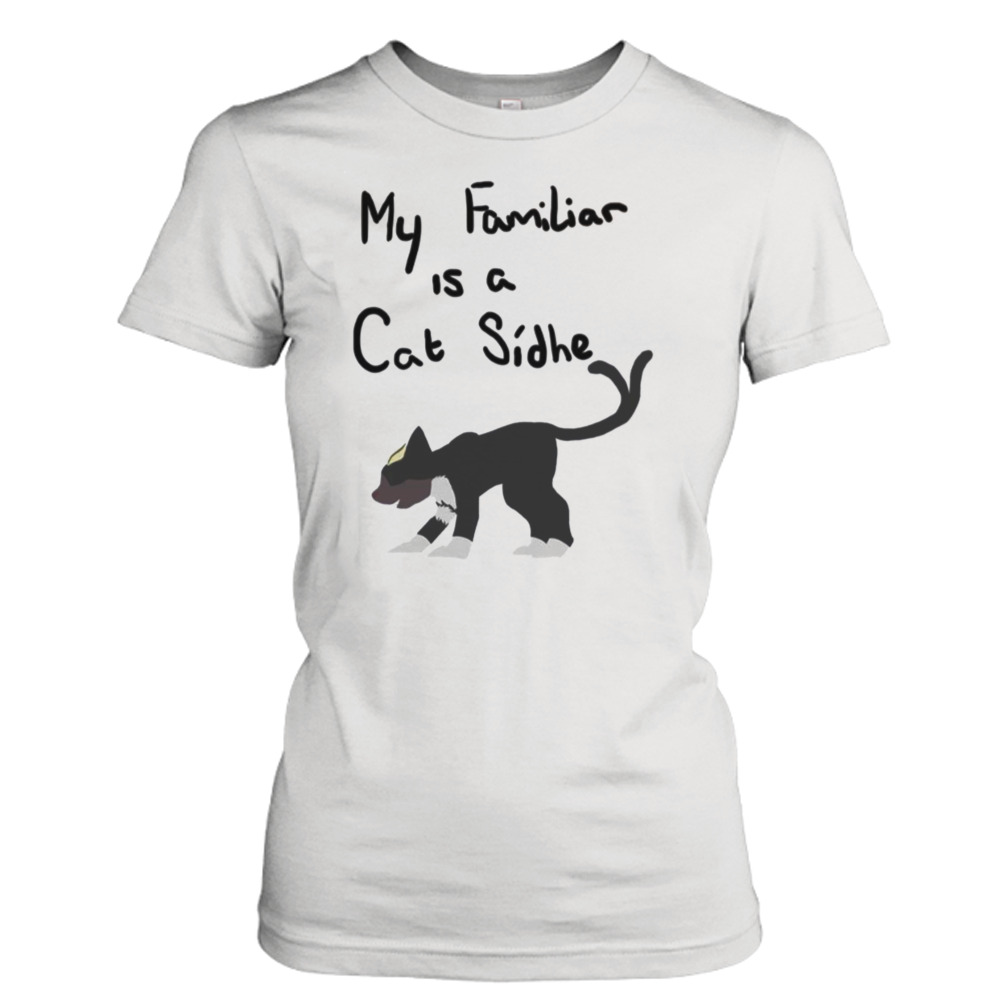

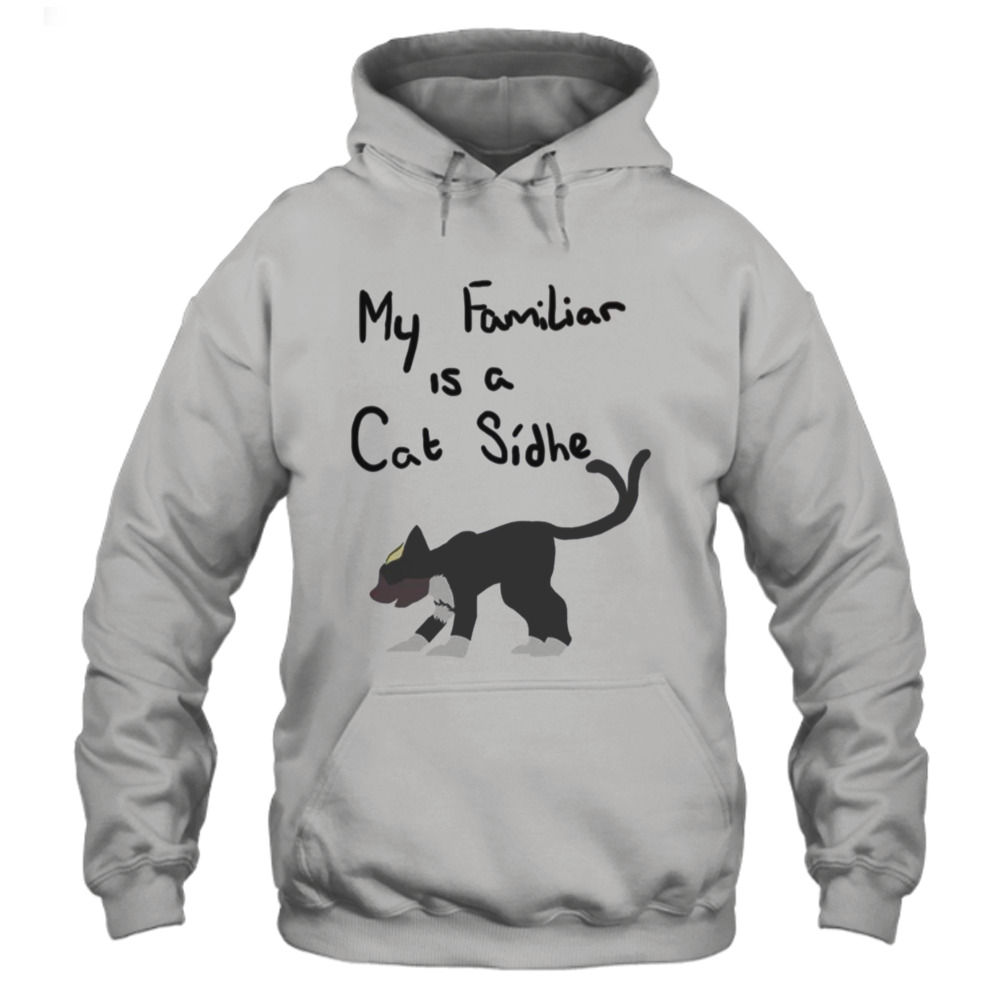

Our top priority with any printing and embroidery is to get a great finished product and the graphics file is clearly a vital element My Familiar Kuro Blue Exorcist shirt. Achieving the best results starts with having the right components. Bearing that in mind, we prefer the following artwork file types for printing t-shirts: There’s no need to panic if the above just looks like a lot of random letters. We’re going to take some of the mystery out of things. One important point to note is that files need to 300 DPI. That’s if you’re talking about a raster file. The alternative is to use a vector file. Artwork also needs to be scaled to the necessary print size – a standard kingteeshops screen is 28cm x 40cm and this pretty much fills the whole front of a t-shirt. More gobbledygook? Read on, these terms and specifications are further explained below. There are two major digital image file types we need to look at with the artwork used in customising clothes. Each can be saved with different extensions. Which is the most appropriate for your particular design will depend on the circumstances, but both have a place in the world of screen printing, DTG printing and embroidery. Vector graphics are generally more versatile than raster images and tend to be favoured in screen printing and embroidery. However, either may work, depending on your project.
Be the first to review “My Familiar Kuro Blue Exorcist shirt” Cancel reply
Related products
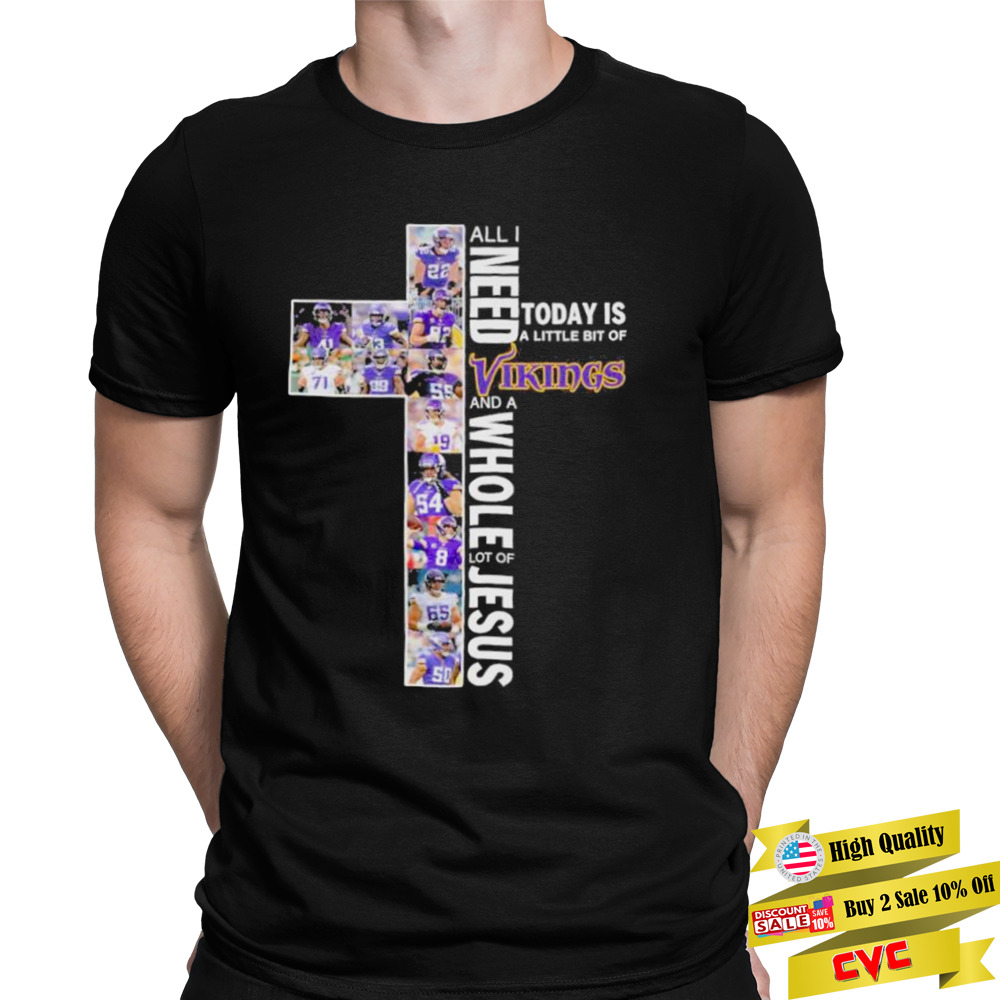
New t-shirt
2022 All I need to day is a little bit of Minnesota Vikings and a whole lot of Jesus shirt
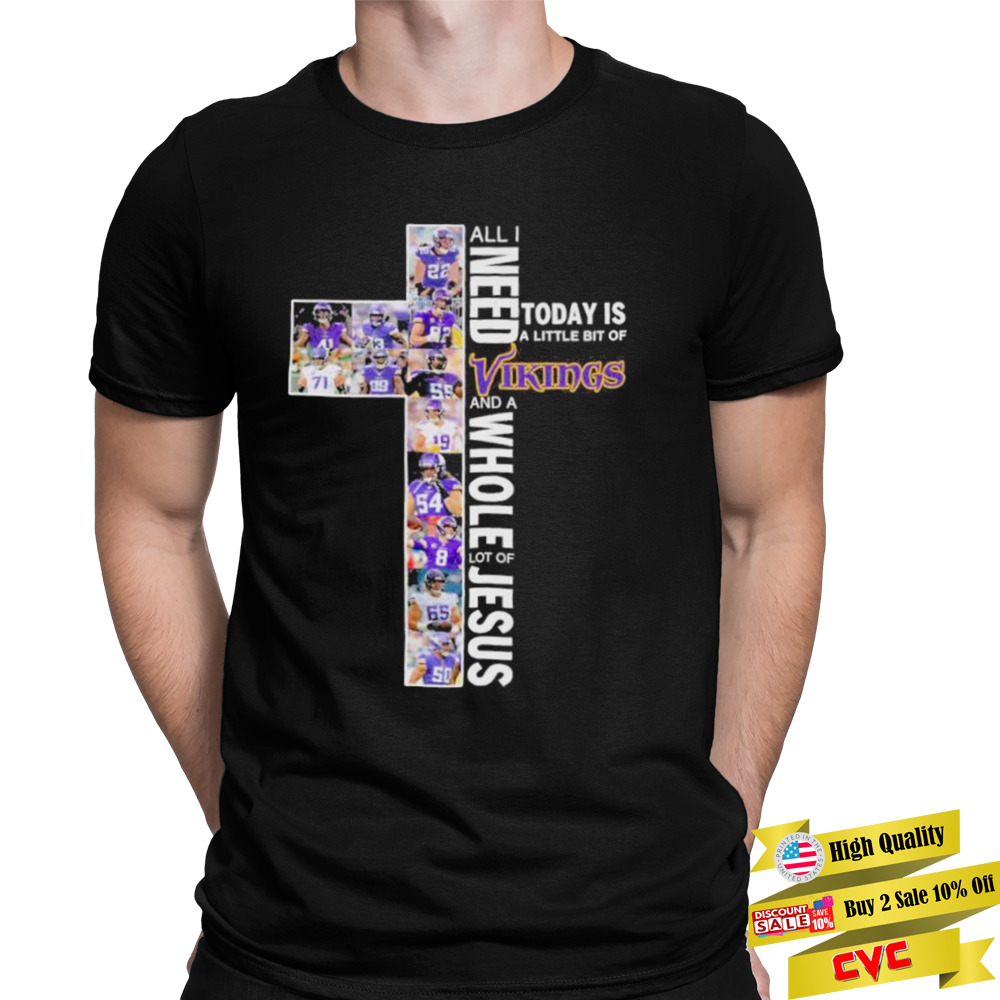
New t-shirt
2022 All I need to day is a little bit of Minnesota Vikings and a whole lot of Jesus shirt


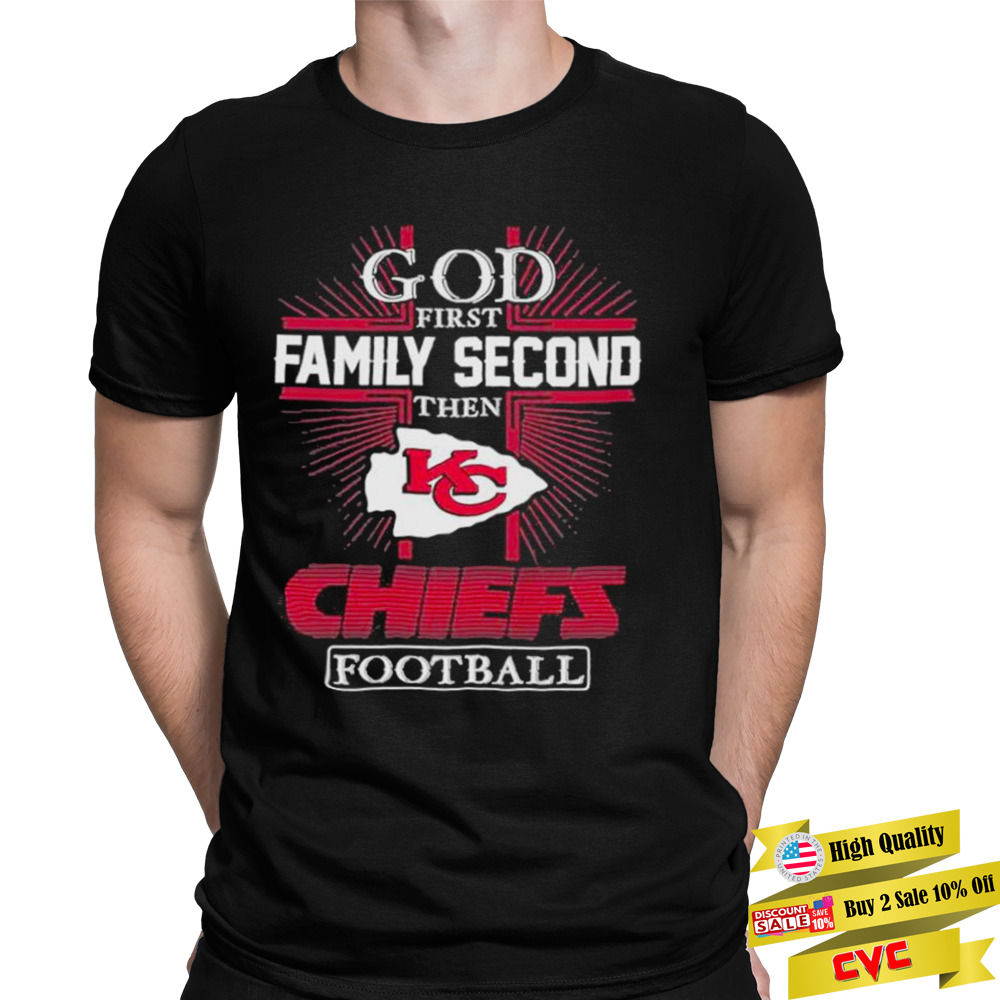
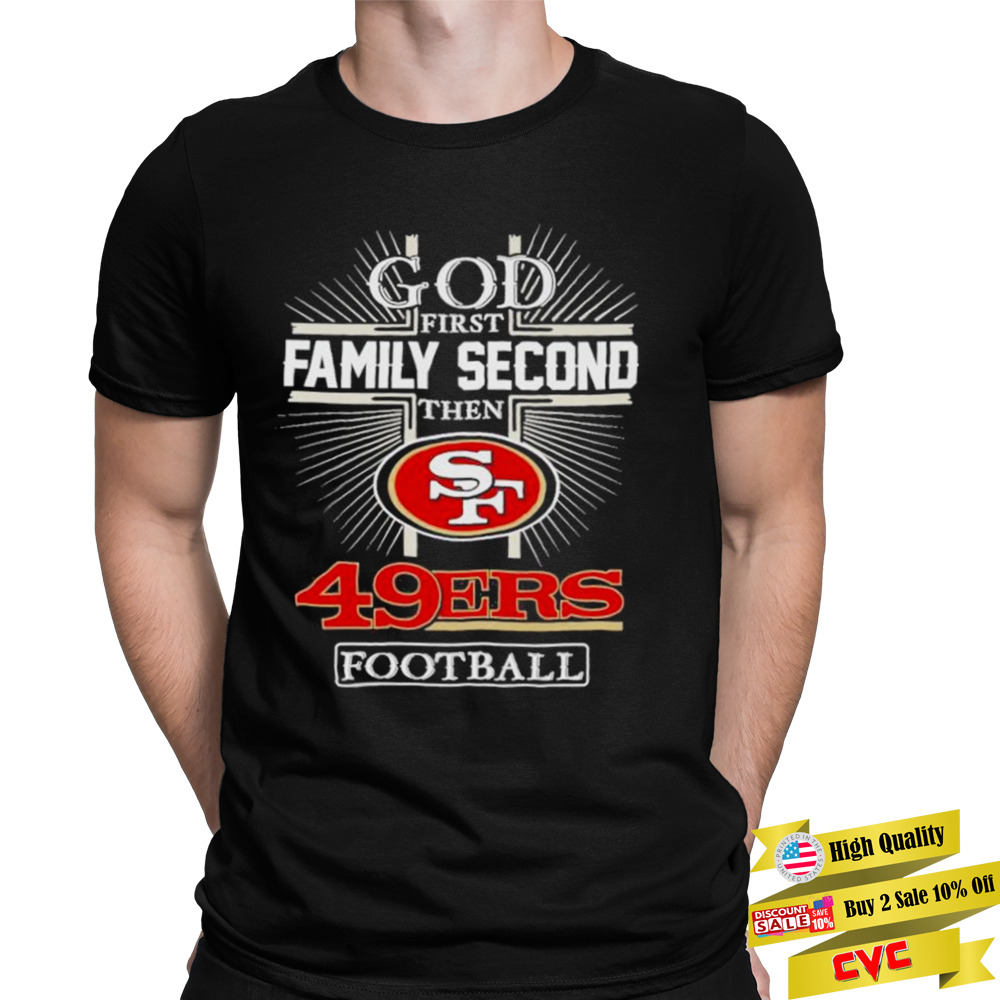
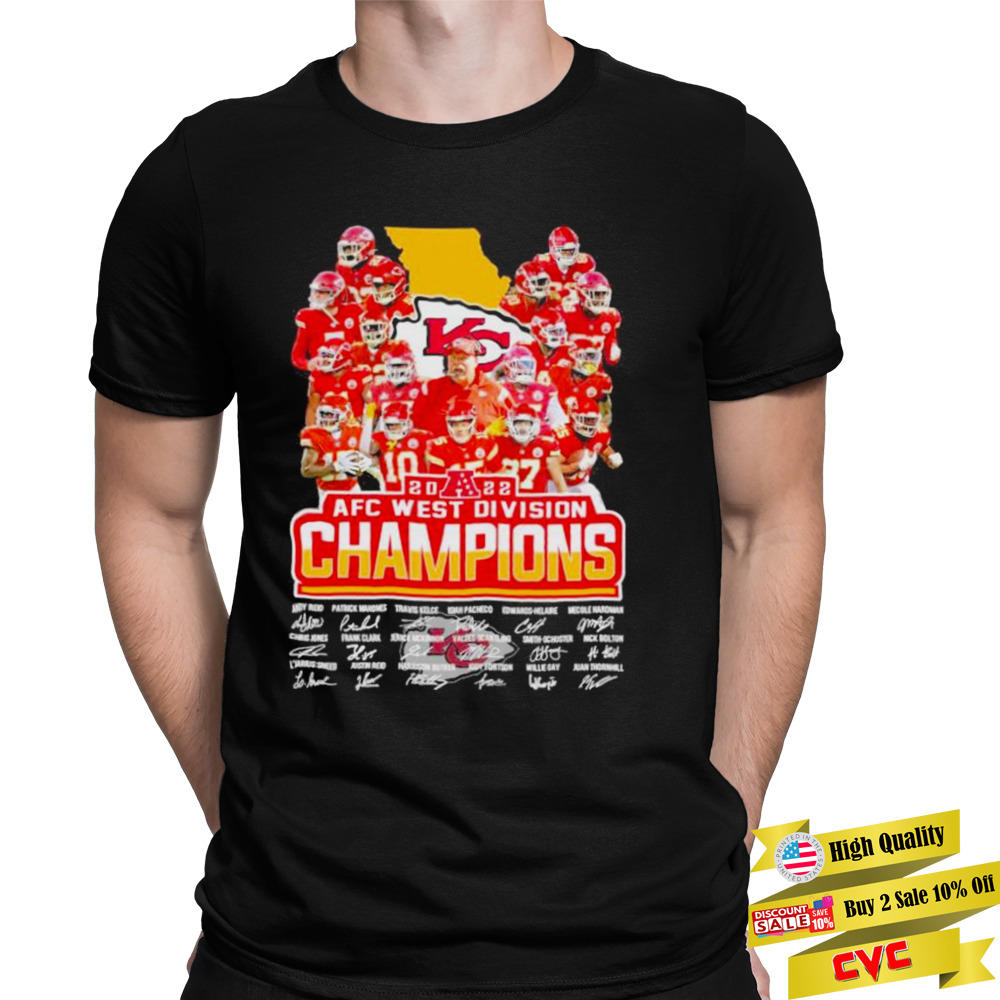
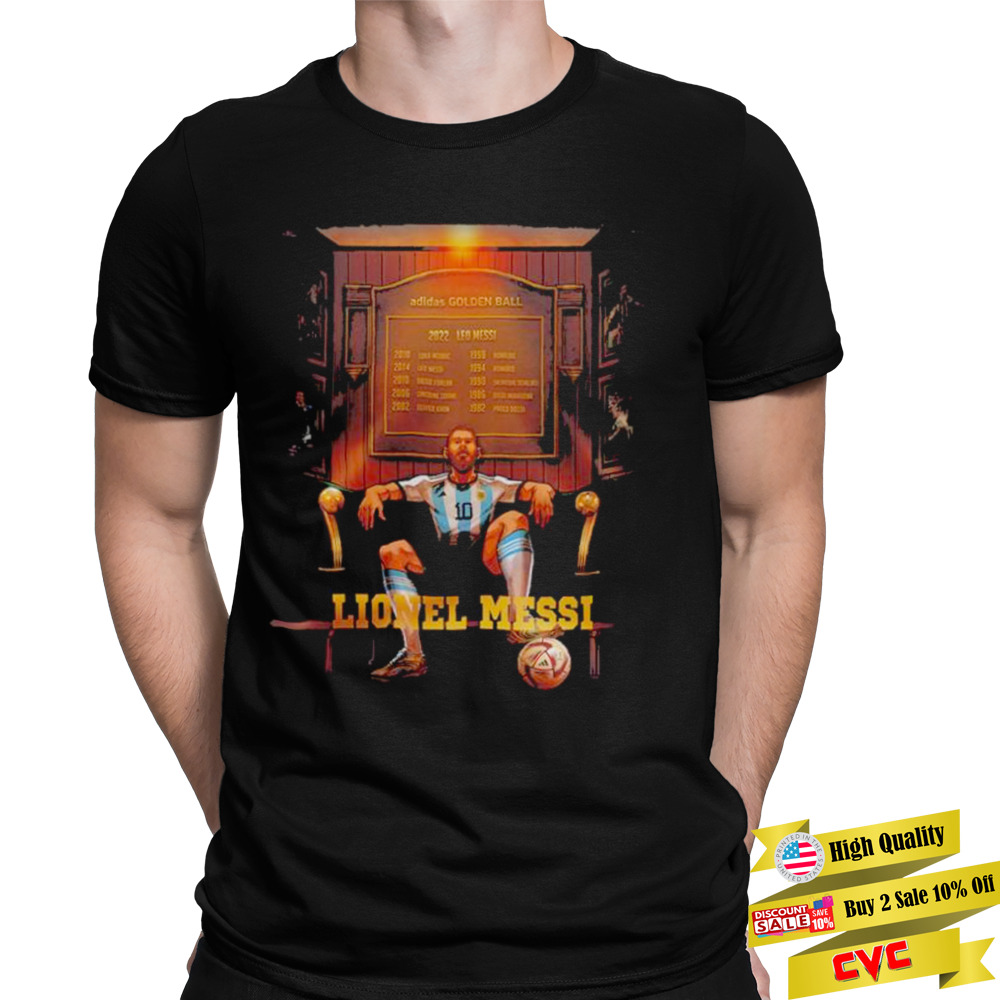
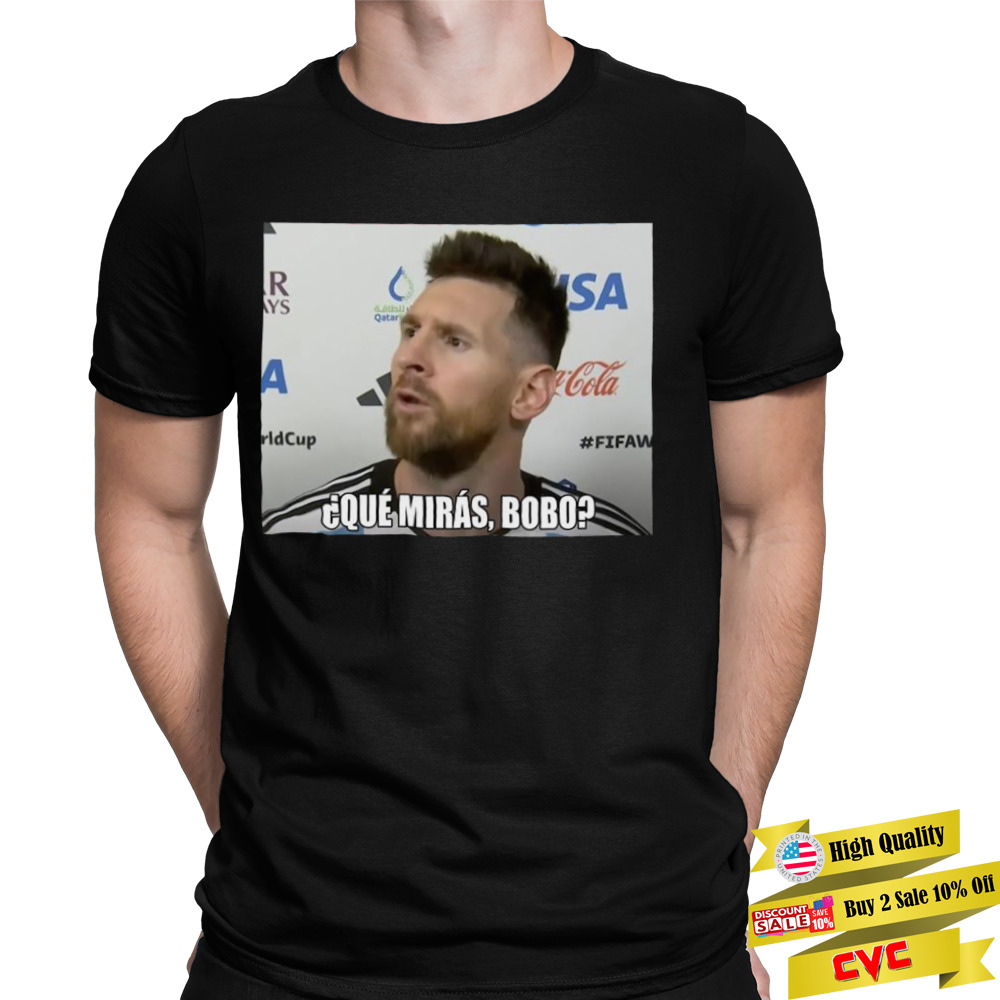
Reviews
There are no reviews yet.